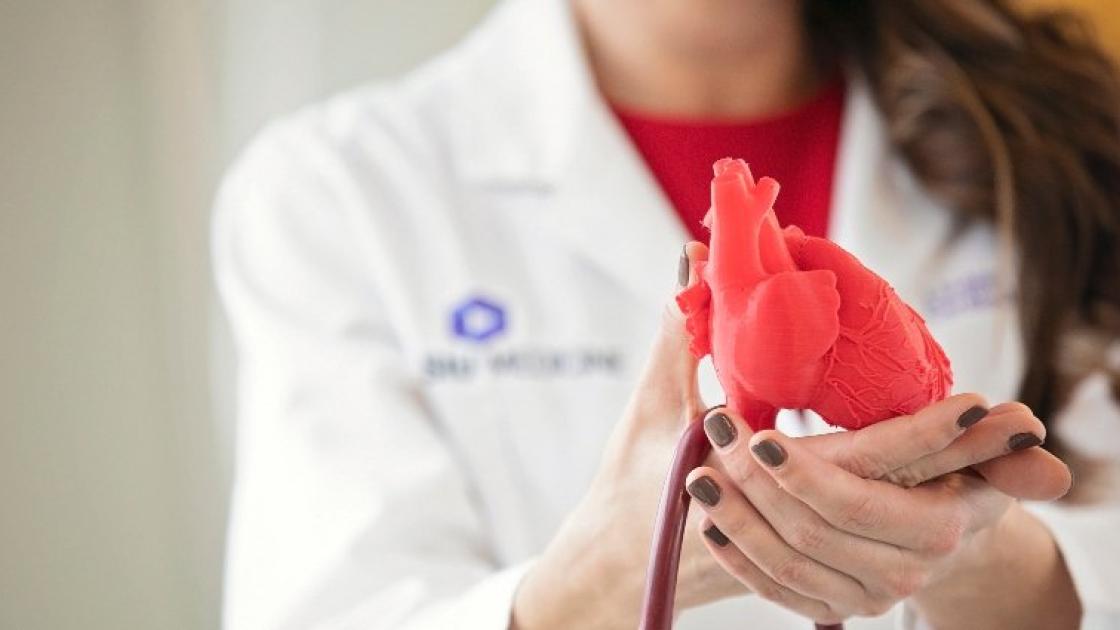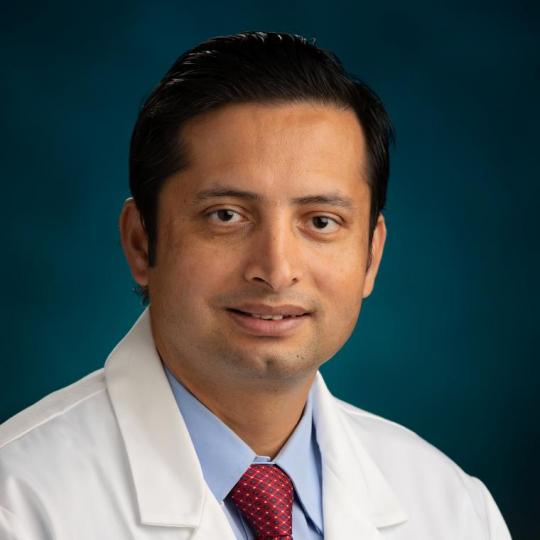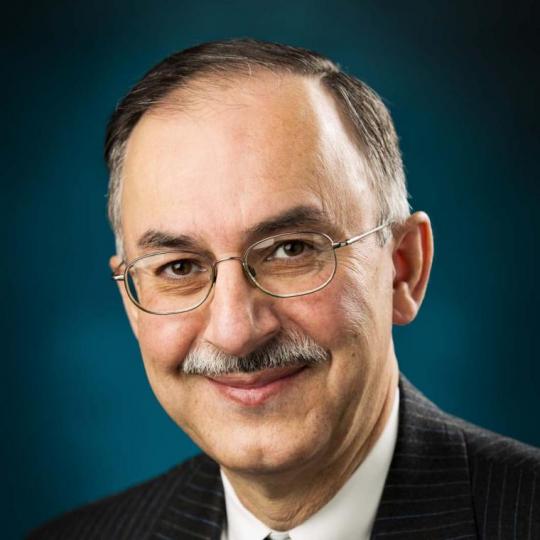
Cardiac Amyloidosis
Overview
Amyloidosis is a term used for a group of diseases that are caused by deposition of abnormal proteins called amyloids. The human body has many proteins which perform various functions but, in some situations, these proteins become abnormal, loose their function, and stick to each other forming long bulky fibers. These amyloid proteins are toxic and can cause life-threatening organ dysfunction. Timely diagnosis and treatment are important to alter the course of this disease.
What is Cardiac Amyloidosis
Accumulation of abnormal proteins called amyloids in the heart muscle is referred to as amyloid heart disease or cardiac amyloidosis. When amyloid deposits in the heart wall, it increases the thickness of the muscle causing it to stiffen. This affects your heart’s ability to pump blood and relax. This leads to congestive heart failure, which causes shortness of breath and swelling of your legs or abdomen due to the accumulation of fluid.
The buildup of amyloids in the heart can also cause irregular heart rhythm called atrial fibrillation (AF) and heart blockage that could require a pacemaker.
Our providers
Why SIU
Continually learning
With a focus on continual improvement, our doctors take the time to research, study and innovate to provide the latest treatments for our patients.
Patient-first experience
Our care ranges from primary care physicians to specialists and sub-specialists who have advanced training. We're here for you when you need us.
Breakthrough tech
Continually teaching the next generation of doctors, our physicians use the latest developments in procedures and technologies for our patients.



